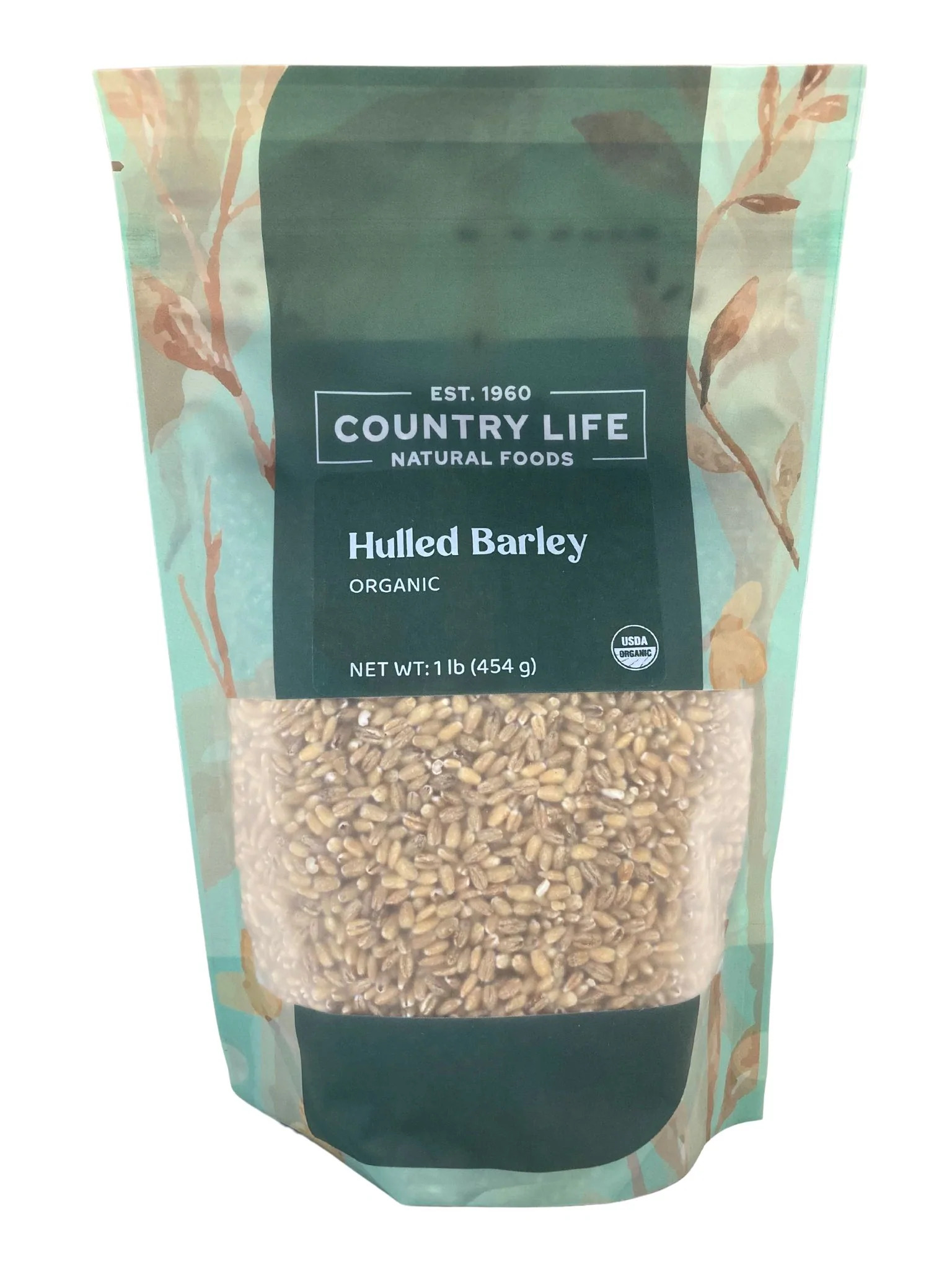Switching to a plant-based diet has never been easier
With all the yummy plant-based foods, fresh produce, substitutes, and loads of information on the web (like this guide!), the transition to a plant-based diet will become easier!
Science keeps proving that a western diet, with all its animal products and junk food, is more related to lifestyle diseases than any other factor.
And as these findings have surfaced, more and more registered dietitians and food scientists started to recommend a plant-based, vegan, or vegetarian diet for all its benefits.
The general population has also caught up. With more information, science, and media at our fingertips, we are becoming more aware of the impact our consumption of animal products has on our bodies and the environment.
READ MORE: 10 Health benefits of a plant-based diet
Here are 11 practical tips you can incorporate to make the transition to a plant-based diet easier and how to replace some of your favorite animal products and ingredients.
But first, The different diet types...
Plant-based diet
------When you mostly eat raw, wholesome, unprocessed foods such as veggies, fruit, nuts, wholegrains, and legumes. In some cases, people may include a limited amount of animal products.
Vegan diet
------You forgo anything that contains animal products, including milk, cheese, fish oil, and honey. The diet only includes vegetables, fruits, grains, legumes, and nuts.
vegetarian diet
------Vegetarians also focus on whole, plant-based foods but would still eat cheese, eggs, milk, honey, etc. They do not eat meat, such as chicken, pork, and beef.
flexitarian diet
------This diet is more flexible and will include food from all major food groups, meat and animal by-products included. But, the aim is to reduce your meat intake and eat more plant-based foods.
11 Practical tips to transition to a plant-based diet
1. Going cold turkey or transitioning slowly
This decision is all up to you; you know yourself best! But, our advice would be to ease in slowly. Start by going meatless one day a week (Meatless Mondays) and gradually add more days. Or make small changes by finding alternatives for your favorite ingredients containing animal products. This will help you get used to the idea, get creative with recipes, and cause less shock to the gut!
2. Bulk up with more veg & fruit
Add more veggies and fruits to your meals to bulk them up and increase your fiber intake. Doing this will help you fill yourself up quicker and stay satiated for longer.
3. Stock up
Stock your pantry and fridge with healthy, wholesome staple ingredients to always have something on hand. These 30 vegan pantry staples will help you never run out of meal ideas.
4. Do the research and get inspired
Buy a vegetarian or plant-based recipe book, head to Pinterest for ideas, or take an online course. You will find endless recipe ideas!
5. Be prepared
Plan your meals in advance and do meal prep weekly or bi-weekly. This way, you know what to buy, and when you have no time to cook something, you'll have something on hand. Preparing and having items on hand will make meal planning and preparation much easier.
6. Find healthy substitutes
Research alternatives for all animal products and how to ensure you will still get all the nutrients you need, such as protein, iron, calcium, and vitamin b12.
-v1663591282097.png?1440x2000)
-v1663591327989.png?1440x2000)
7. Eat a variety of foods
Eating various foods, including grains, nuts, seeds, fruits, and veg will ensure all your nutritional needs will be met. Beans, lentils, nuts, seeds, and many grains and veg will also ensure ample protein intake! Remember, although french fries or pasta is plant-based, it is not necessarily good for you ;-)
8. Have "junk" vegetarian foods as back-up
You'll find a lot of meat-replacement processed foods, mimicking chicken nuggets, sausages, minced meat, etc. Having a few of these "junk" vegetarian foods on hand will help with those days when you need to grab something quickly or don't feel like cooking. But be aware these food items are often heavily processed and high in fat and sodium.
9. Make it public
Inform your family and friends of your new lifestyle choice and your reasons for cutting back on meat and animal products. Making it public will make your life easier and dinners less awkward.
10. Plan ahead
If you know there will be no dish options at family meals or restaurants, eat beforehand, take some snacks with you, or just enjoy the meal and moment and give yourself some slack.
11. Don't be too hard on yourself
As time passes, you will notice the changes and how great you feel. Soon, it will be second nature! Just keep on trying your best, and make small changes.
Easy substitutes for animal products
Meat
Tofu, tempeh, seitan, lentils, textured vegetable protein, jackfruit, mushrooms, and beans are all great options to meet your daily protein needs and bulk up meals.
Not sure how you would meet your protein needs? Here are some of the best plant-based and vegan protein sources.
SHOP FOR MEAT SUBSTITUTES HERE
Milk and dairy products
Replace with soy, almond, coconut, hemp, rice, flax, and almond varieties. Try them all until you find your favorite.
SHOP FOR DAIRY SUBSTITUTES HERE
Cheese
This may get a bit more tricky, but it is possible to make your own vegan cheese. There are many recipes on the web. Alternatively, you can find many processed vegan kinds of cheese in supermarkets.
Or simply buy our super yummy Instant Vegan Cheez Mix! It works fantastic for many dishes, including mac & cheese, pasta dishes, quesadillas, and dip.
Eggs in baking
Replace 1 egg with 1 tablespoon ground flax meal or chia seeds + 3 tablespoons warm water.
Learn more here on how to use butter, dairy, and egg substitutes for vegan baking.
-v1663592264159.png?1440x2000)








-v1663596176967.png?1800x1000)



